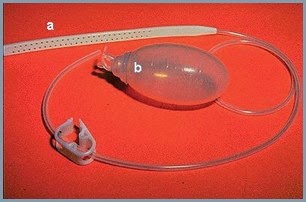Finding Calm Amid the Chaos:
When its not the patient that needs a wellness check, but the veterinarian.
by Malinda Larkin. JAVMA News: November 15, 2013 Vol. 243, No. 10
Commentary from Fe Anam Avis (J. Russell Crabtree), an expert in suicide prevention:
As a person who has worked in the field of suicide awareness for 15 years, trained thousands of persons, and was, myself, suicidal for a period of time, I am heartened to hear of a major journal addressing the issue of suicide among veterinarians. There are a variety of risk factors for suicide that vary from one profession to another. It makes sense to take steps to address the risk factors related to any profession, including those listed in the JAVMA article.
However, it is important to note that addressing risk factors alone is not an adequate approach. The reality is that many persons with these risk factors will never contemplate suicide. For example, not every veterinarian who is perfectionistic, neurotic, or conscientious will become suicidal. Nor will every veterinarian with student debt, demanding clients, and working long hours become suicidal. Even if we could deal with all these issues (and many others), the cost would be prohibitive, and the possible threats to privacy unacceptable.
Given a particular set of stressors, some persons will become suicidal. Whether they act on that impulse depends largely upon the readiness of the community around them to spot behaviors that signal suicidal thinking and to engage them in conversation about suicide that is honest, open, and respectful. When a professional community decides to engage in these conversations, they solve the biggest problem for a person who needs to talk about suicide: finding someone to talk to.
Few people realize that with a relatively small amount of training, they can save a life. So while the costs of addressing all risk factors would be astronomical, the cost of training a professional community to engage in life-saving conversations is relatively modest. By way of analogy, we undoubtedly saved thousands of persons from death to the H1N1 virus, not through a perfect anti-viral medication, but by training people to simply wash their hands and sneeze into their sleeves. Finally, it is important to note, that the H1N1 virus has killed about 15,000 people since 2008. In that same period of time, 200,000 persons have died from suicide.
Fe Anam Avis
Author of A Second Day
























